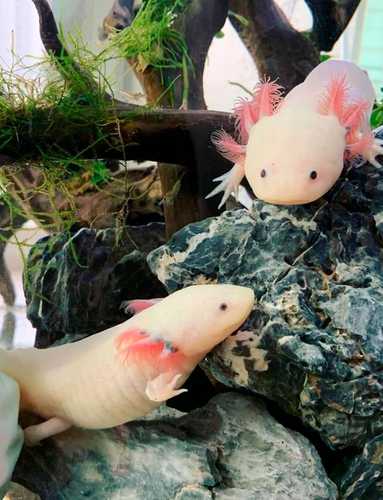Experts from the Center for Research and Advanced Studies (Cinvestav) of the National Polytechnic Institute (IPN) reported that they are working on a hatchery specialized in the reproduction ex situ of Mexican axolotls, where analyses of genetic variability and molecular detection of pathogens are carried out, which are very important for their reintroduction into the habitat.
“The goal is reproduction ex situ of a thousand specimens of each of the most endangered species: Ambystoma mexicanum y Ambystoma dumerilii“, highlighted the professor-researcher of the Molecular Complexity and Development Laboratory of Cinvestav, Advanced Genomics Unit-Langebio, Luis Alfredo Cruz Ramírez.
During the series of conferences on Mexican humanistic and scientific advances, convened by the National Council of Humanities, Sciences and Technologies (Conahcyt), it was highlighted that 16 of the 32 species of axolotl of the genus Ambystoma They are endemic to Mexico.
Mexican species are an excellent source for research in terms of conservation, metamorphosis and regeneration.
Regarding conservation and procurement, he indicated that research into these species does not exacerbate the danger of extinction in which they are found. “Contrary to what is misinformed, it is thanks to research that these organizations have been maintained ex situ in laboratories around the world.”
He stressed that the axolotls used for research in the world do not correspond to the endemic species Ambystoma mexicanumbut a hybrid bred ex situ with all the permits and with which it is possible to advance in the development of conservation and rescue projects.
Regarding the analysis of metamorphosis, he specified that not all species undergo this organic process, and detailed criteria and characteristics for developing it.
Regarding regeneration, the researcher recalled that the axolotl It is capable of regenerating all of its limbs: the gills, the retina, regions of the heart and the brain; it is the vertebrate model with the greatest capacity for cellular regeneration.
.
